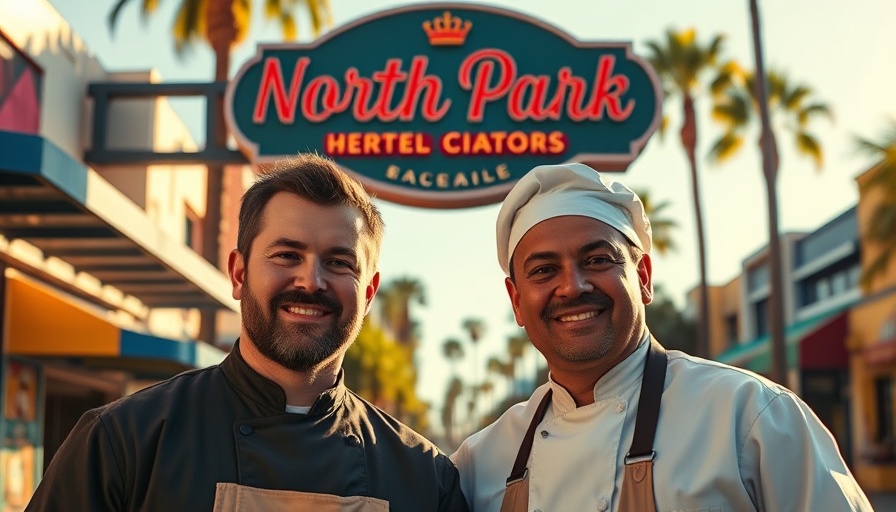
Del Mar's Bold Move: Advocating for Local Control Over Housing Decisions
The coastal city of Del Mar is making headlines for its advocacy to reclaim control over housing decisions, aligning with a growing sentiment among small cities in California. This initiative, driven by the nonprofit group Our Neighborhood Voices, seeks to challenge the myriad of state housing laws that have increasingly centralized control, often at the expense of local governance.
What Is Our Neighborhood Voices?
Launched by leaders in small cities across the state, Our Neighborhood Voices sets out to amend the California constitution, granting local governments the authority to override conflicting state housing laws. Supporters argue that state mandates, rather than alleviating the housing crisis, often exacerbate it by predominantly encouraging high-end developments that neglect the needs of low and moderate-income families.
Why Del Mar Joined the Movement
During a recent City Council meeting, the council unanimously endorsed the initiative, highlighting the sentiment echoed by Councilmember Tracy Martinez and Mayor Terry Gaasterland regarding the detrimental impact of state-imposed housing mandates. In their view, state laws, such as the required approval of affordable housing projects, undermine Del Mar's character and community essence.
Addressing the Housing Allocation Calculations
A significant point of contention is the Regional Housing Needs Allocation (RHNA) numbers, which dictate how many housing units Del Mar must construct. Currently, Del Mar's RHNA allocation stands at just 163 units—the lowest in San Diego County. Council leaders argue the calculation is flawed, particularly due to seasonal worker populations associated with the Del Mar Fairgrounds. This miscalculation adds to their concerns about the state's commitment to supporting affordable housing initiatives.
Financial Support: A Missing Component
It’s not just about the numbers. Both Martinez and Gaasterland criticized the state for failing to provide the necessary financial backing to implement these housing mandates. As local economies struggle to keep pace with infrastructure demands—like new schools and water supply—these state regulations seem to weigh disproportionately on smaller cities like Del Mar.
Community Voices and Stakeholder Reactions
As Del Mar’s leadership champions the Local Control initiative, various community stakeholders express a mix of hope and skepticism. Some residents appreciate the push for localized decision-making, fearing the homogenization of neighborhood character under state laws. On the other hand, housing advocates argue that such moves could stall much-needed progress towards developing affordable housing.
Lessons from Other Cities
This burgeoning grassroots movement in Del Mar parallels efforts in other North County cities. Encinitas, under new mayor Bruce Ehlers, has also expressed its intent to restore local governance over housing issues. The signs point to a significant shift in how small California cities are positioning themselves against state planning policies that they believe have fallen short of addressing genuine housing needs.
The Broader Impacts on the Housing Crisis
If successful, this movement could alter the landscape of housing policies across the state. Advocates for local control suggest that empowering cities to manage their housing needs can lead to more tailored, effective solutions for residents. This approach could include incentivizing the preservation of naturally affordable housing, rather than prioritizing luxury developments that do little to help the most vulnerable populations.
What’s Next for Del Mar?
As Del Mar and other cities rally for their cause, the upcoming state ballot initiative will likely capture the attention of voters and policymakers alike. The outcome could establish a new paradigm for how housing policies are formulated in California—one that centers on community character and local needs.
For residents in Del Mar and neighboring regions, staying informed and engaged is vital. As these local initiatives gain traction, citizens have the opportunity to impact their communities directly. Follow the developments surrounding Our Neighborhood Voices to understand how these efforts could reshape the future of housing in California.
Get involved in the conversation and understand how you can advocate for your community's needs in this crucial moment of decision-making.
 Add Row
Add Row  Add
Add 




Write A Comment